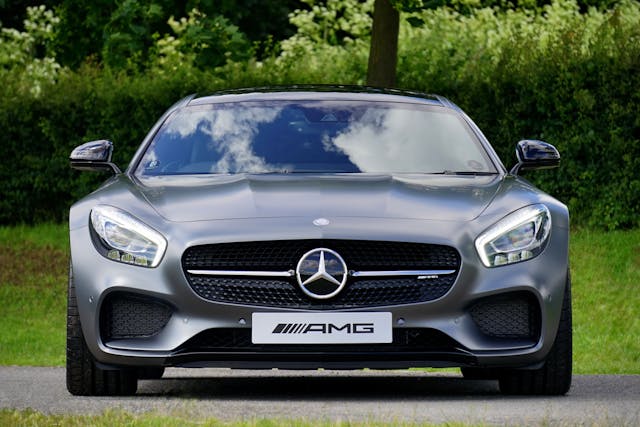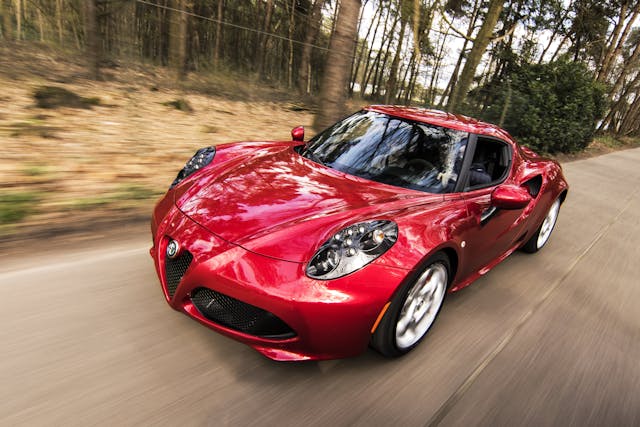Young Adult Literature: Why This Genre Resonates with All Ages
Car design has come a long way since the first automobiles hit the road. What was once a simple machine built for function has evolved into a symbol of technology, style, and innovation. As automakers look toward the future, car design continues to push the boundaries of aesthetics, blending functionality with stunning visuals. From sleek electric vehicles to self-driving cars, the cars of tomorrow will look and feel very different from what we see today.
Let’s take a look at how car design has evolved and what’s coming next in the world of automotive aesthetics.

Early Car Design: Function Over Form
When the first cars were introduced in the late 19th and early 20th centuries, the focus was purely on function. Early automobiles were bulky, simple, and often looked more like horseless carriages than the sleek vehicles we’re familiar with today. Automakers were more concerned with building reliable engines, sturdy frames, and basic transportation than with aesthetics.
Design was utilitarian, often dictated by the limitations of technology and materials. However, the beginnings of car design as an art form were present in these early vehicles, laying the groundwork for future innovations.
The Rise of Streamlining and Modernism (1930s-1950s)
As the automobile industry grew, so did the importance of design. In the 1930s, streamlining became a major design trend, inspired by the desire to reduce drag and improve aerodynamics. This era saw the rise of curvier, more sculpted shapes, as carmakers aimed to create a futuristic look. The sleek lines of cars like the 1934 Chrysler Airflow and the 1948 Tucker Torpedo embodied the growing desire for both function and form.
In the 1950s and 1960s, as America’s car culture blossomed, automobiles became an expression of style, luxury, and individualism. The flashy tailfins of cars like the 1957 Cadillac Eldorado became iconic symbols of post-war prosperity and optimism, showing how cars could reflect the era’s growing sense of identity and freedom.
The 1980s and 1990s: Aerodynamics and Efficiency
In the 1980s and 1990s, the focus shifted toward fuel efficiency and aerodynamics. The oil crises of the 1970s had shown how vulnerable the automotive industry was to rising fuel prices, so car designers began working on more streamlined and efficient vehicles. The rise of smaller, more compact cars like the Honda Civic and Toyota Corolla reflected this trend, as consumers began prioritizing economy and practicality.
At the same time, luxury vehicles like the BMW 7 Series and the Mercedes-Benz S-Class began to take on more sophisticated, sleek designs, focusing on refined details and elegant lines. These vehicles combined performance with high-end aesthetics, establishing a strong link between automotive design and status.
The Modern Era: Technology Meets Aesthetics
Fast forward to today, and car design is more futuristic than ever. Modern vehicles are more than just modes of transportation—they are showcases for cutting-edge technology. Car designers are blending form with function, using new materials, digital interfaces, and advanced manufacturing techniques to create vehicles that are both beautiful and high-tech.
Electric vehicles (EVs) have pushed car design in new directions. Without the need for large internal combustion engines and radiators, automakers have been able to design cars with more open, fluid shapes. The Tesla Model S, for example, features a smooth, minimalist design with a focus on clean lines and a sleek, aerodynamic profile. This is a stark contrast to the boxy designs of traditional gasoline-powered cars, and it reflects the shift toward more sustainable, energy-efficient transportation.
In addition to EVs, self-driving technology is influencing design. Cars are becoming less about the driver’s seat and more about the passenger experience. Vehicles like the Waymo self-driving car feature a reimagined interior where the focus is on comfort and social interaction, with seats that can rotate and spacious cabins designed for relaxation.

The Future of Car Design: Sustainable and Autonomous
As we look toward the future, car design will continue to evolve, influenced by sustainability, autonomous driving, and digital technology.
-
Sustainable Materials: With a growing focus on environmental concerns, car designers are increasingly turning to sustainable materials. Recycled fabrics, plant-based plastics, and lightweight metals are being used to reduce the carbon footprint of vehicles.
-
Autonomous Vehicles: As self-driving technology advances, car design will shift away from traditional controls like steering wheels and pedals. Future cars may look more like living rooms on wheels, with designs that prioritize comfort and interaction rather than driving performance.
-
Bold Aesthetics: The design of future cars will likely reflect the desire for more unique and personalized experiences. Expect to see futuristic shapes, bold colors, and customizable interiors. Digital screens will become even more integrated into the driving experience, allowing for seamless connectivity and personalized interfaces.
Final Thoughts
The evolution of car design is a fascinating journey that shows how technology, culture, and innovation come together to shape our experiences on the road. What started as a simple mode of transportation has transformed into a complex blend of art and science, with designers constantly pushing the boundaries of what’s possible.
From the streamlined cars of the 1930s to the futuristic electric and autonomous vehicles of the future, the future of car design looks brighter, more sustainable, and more exciting than ever before. As we look ahead, we can expect cars that aren’t just about getting from point A to point B—but about how they make us feel, how they shape our world, and how they fit into the technology-driven future.












